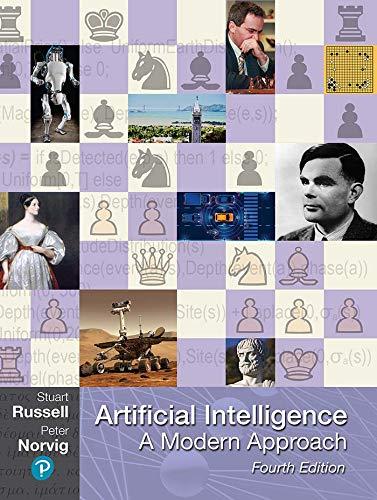Abhishek has been getting a lot of spam recently and is not satisfied with his email clients
Question:
Abhishek has been getting a lot of spam recently and is not satisfied with his email client’s Naive Bayes spam classifier. Thankfully, he knows about Bayes Nets and has decided to implement his own spam classifier. It is your job to help him model his Bayes Nets and train them. The following are 4 Bayes Nets he is considering. Each variable can take on the values {0, 1}.

a. Abhishek wants to know how much memory he needs to store each of these Bayes Nets on disk. The amount of memory depends on the number of values he would need to store in the CPTs for that Bayes Net. For each of the nets above give the least number of parameters he would need to store to completely specify the Bayes Net.
b. It’s now time to train the Bayes Nets. Abhishek has training datasets Dl , Dm, Ds and a test dataset Dt . The number of training examples in each set vary as |Dl | > |Dm| > |Ds|. etr and ete represent train and test errors and their arguments represent which dataset a model was trained on. For example, etr(A, Dl) refers to the training error of model A on dataset Dl .
(i) Abhishek tries a bunch of experiments using model D. In a typical scenario (where train and test data are sampled from the same underlying distribution), order the following errors by their expected value.
A. Order etr(D, Dl), etr(D, Dm), etr(D, Ds)
B. Order ete(D, Dl), ete(D, Dm), ete(D, Ds)
C. Order etr(D, Dl), ete(D, Dl)
D. Order etr(D, Ds), ete(D, Ds)
(ii) Abhishek is now trying to compare performance across different models. Order the following errors by their expected value:
A. etr(A, Dl), etr(B, Dl), etr(D, Dl)
B. ete(A, Dl), ete(B, Dl), ete(D, Dl)
Step by Step Answer:

Artificial Intelligence A Modern Approach
ISBN: 9780134610993
4th Edition
Authors: Stuart Russell, Peter Norvig





